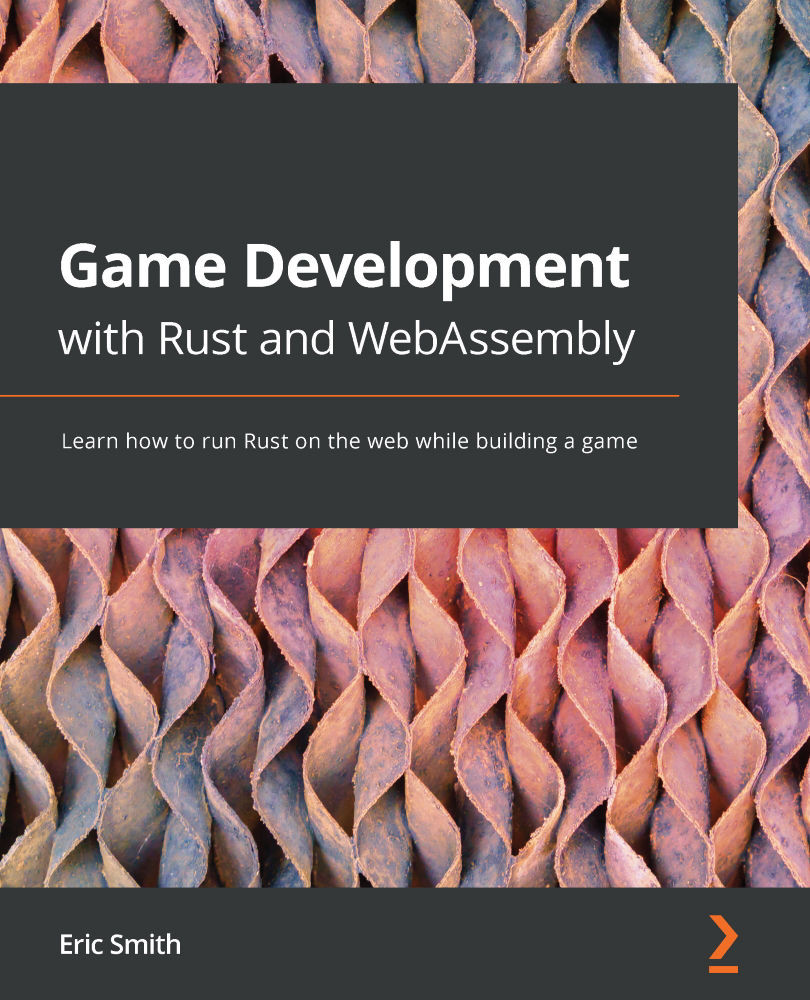Creating a CI/CD pipeline
When you run npm run build locally, a release build is put inside the dist directory. Theoretically, you could take that directory and copy it to a server somewhere to deploy your application. This will work provided that the server knows about the wasm MIME type, but copying to a directory manually is a very old-fashioned way of deploying software. Nowadays, we automate the build and deploy on a server, along with additional code that's been checked into source control. It's significantly more complicated than the old-fashioned way, so why is it better?
The practice of automating the build this way is often referred to as CD and its definition is pretty big. Take a look at the following quote from https://continuousdelivery.com:


























































